This year I have almost sixty days, and will probably be out close to 100 days by the end of the season. This is more than the last 10 years of my combined skiing. Each outing is between 2 and 6 hours, which adds up to a lot of time on the snow. Skiing can be highly anxiety-producing if one is only going for a few days a year: What will I wear? Will I have fun? Will it all be worth it? It can be a spendy activity, especially if we are talking about a family trip involving planes and resort lodging. Here is what I have learned through a lot of trial and error.
Pace Yourself
Skiing (and snowboarding) are physically demanding activities that many of us only get to do a few times per year if we’re lucky. Given the toll that a day on snow takes on your knees, back, thighs, and arms, I have a few pieces of advice that keep me feeling good and skiing my best.
-Warm up like you mean it. LeBron James doesn’t walk out of the locker room into a full-speed NBA game and neither should you. Stretching in the lodge and lift lines, along with a couple of mellow warm-up laps, can be crucial to preventing injury and increasing confidence.
-It is not a marathon. A typical ski day for me involves 2-3 hours on snow, which is more than enough time to get great exercise, enjoy spending time with friends, and still have more in the tank for the rest of the week.
Warm and Dry
No one likes being cold or wet, and there is no reason you need to be. We also don’t want to overheat. Everyone’s thermoregulation is different, and it will also depend on how rigorous the activity is- my level of on-snow effort is wildly different from my wife’s.
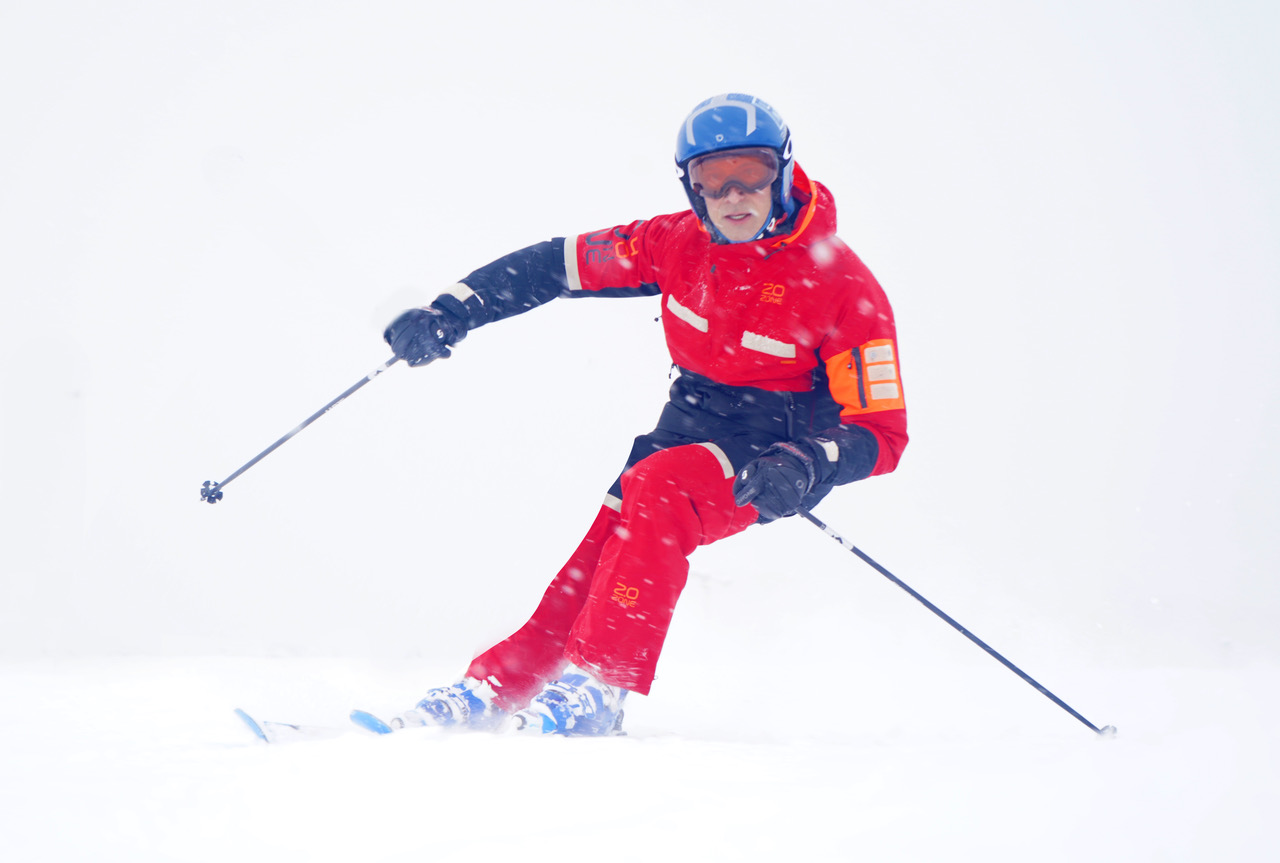
Skis: I absolutely love my Dynastar race skis — great quality, great innovation from this French heritage brand. Once one gets accustomed to a slalom or giant ski, they are incredible. There is nothing like the feeling of the centripetal force that comes through them, even at low speeds on green runs. Race skis that are available to us mere mortals are sort of like Porsches, not real F1 race cars. These are the skis that the most technical innovation goes into and, for my money, the most fun. For powder and other off-piste, I go with a wider ski, usually my dreamy Dynastar M-Pro 99s. When thinking about skis, the things to look for are the turn radius of the ski, which is the arc it will make when put on edge, and the width underfoot. A narrower underfoot will be snappier, whereas a wider one will be better in softer snow. My race skis are 65 and 70mm underfoot, whereas the all-mountain Dynastars are 99mm. Note: a truly fat ski of 110 or more is great in soft snow, but is hell on your knees on the groomers.
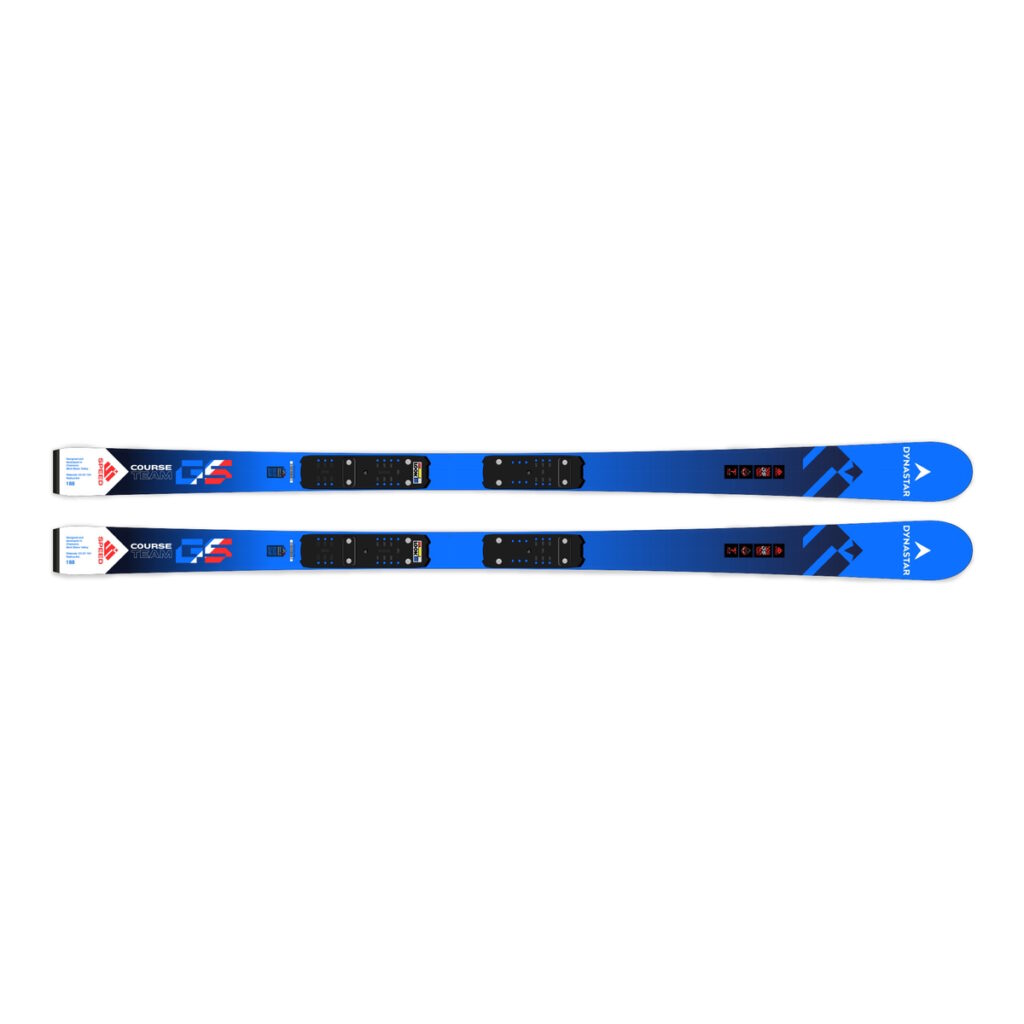

Boots: For better or worse, these are the fundamental pieces of gear. With a good-fitting boot, you can ski any ski; bad fit, and I can guarantee a bad day. Boots that fit well are a necessity. My boots are Lange, as they make a range of flex and width and I was able to find the best ones for my thin, flat feet. Pro tip: work with a good boot fitter. This is a technician that does one thing really well: understand how to get these hard plastic boots to fit our feet. An expert will look at not only the way the boot fits your foot for comfort and snugness, but also the canting. I learned I was bow-legged in ski boots, which is not so great for getting one’s skis flat on the snow but is easily fixed by someone who understands these sorts of things. If you are going on a trip and have not had your boots on recently, maybe wear them around the house for a couple of days so your feet get used to them.
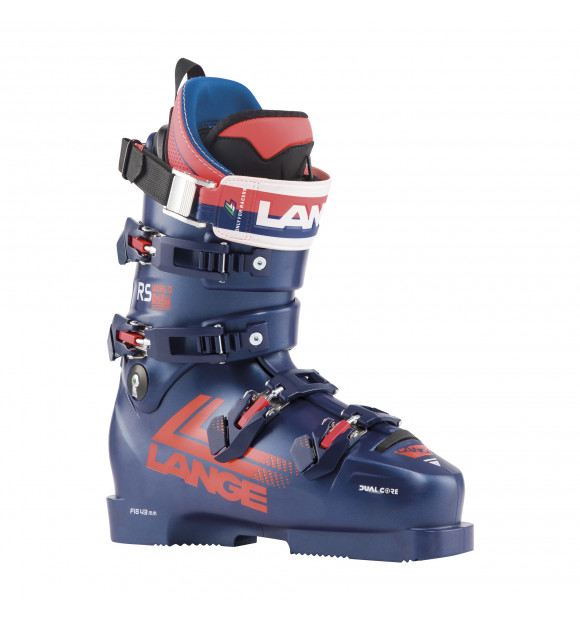
Socks: Wear thin, wool-based socks. Contrary to what I had assumed, thick socks are actually colder in a ski boot, and will make the fit of the boot problematic. I have a few matching pairs of SmartWool thin socks. You will want at least 2 pairs in case one needs washing or drying out.
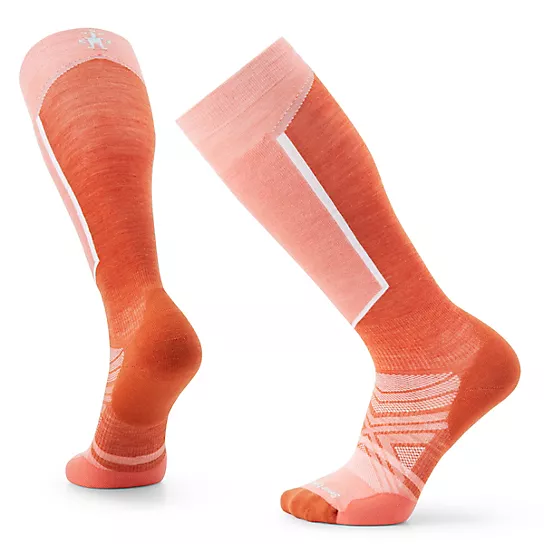
Pre-warm your boots before heading out. My boots are a 130-density plastic, which is thick. If they are cold, putting my foot in them is nearly impossible; I will warm them for about an hour in front of the fireplace before leaving the house. Note, I am saying warm; don’t cook them, or the plastic will change shape. If you are driving to the mountain, keep the boots on the floor of the front passenger seat where the car heater will keep them warm. If you want to go all in, get a bag with a boot heater built in, something like a Snow Eagle bag.
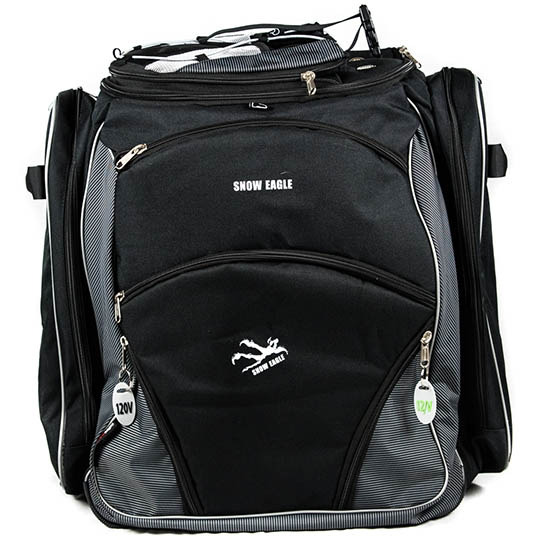
Boot heaters are game changers. I ski with a mix of people, some of whom are big badass men. Everyone has boot heaters. They work with a small heat strip under the boot liner to keep the boot warm but not hot. There are also heated socks, but most people tend to go for boot heaters. Mine are lightweight and made by Thermic. It was minus-19 last week, and my feet were toasty.
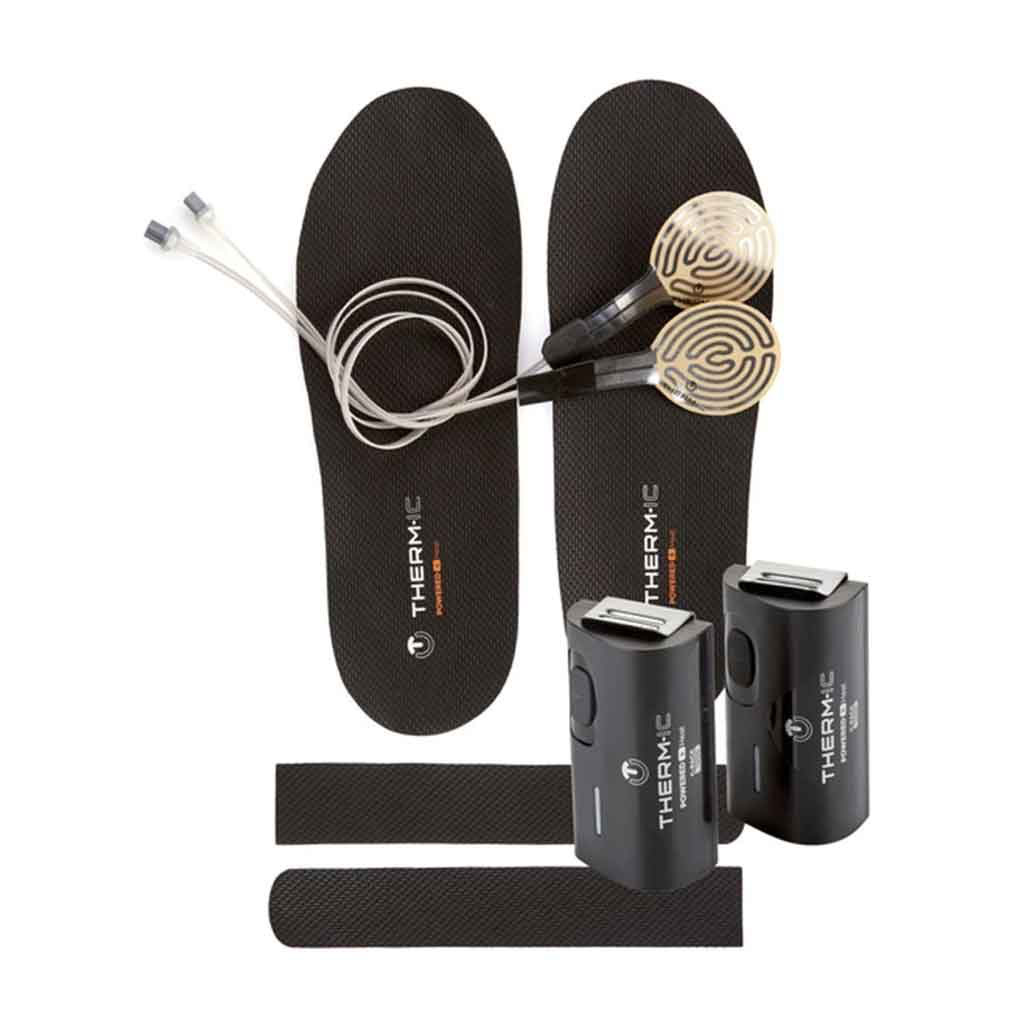
Boot gloves: Some people swear by these for cold days. They help with insulation and are a cheaper option than boot heaters, but they do not allow buckle adjustments once they are in place.
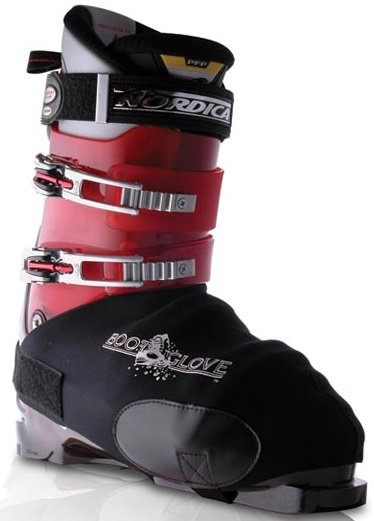
Heated Gloves: I have seen these on the others, but no one in my group uses them. Something about a glowing red light on a glove seems a bit much, but if you have very, very cold hands, and don’t mind yet another thing to keep charged, perhaps they are for you.
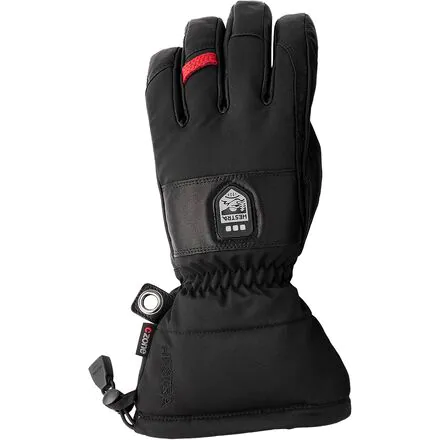
KlosKnits: I swear by these. Made by a physician for her son who has Raynaud’s syndrome. Made of wool and graphen they cover the arteries on the hand and wrist, reflecting the heat back into the hand. I have beat-up ski gloves from a few years ago, and when it was -19ºF, and I had these on under my gloves and was fine.
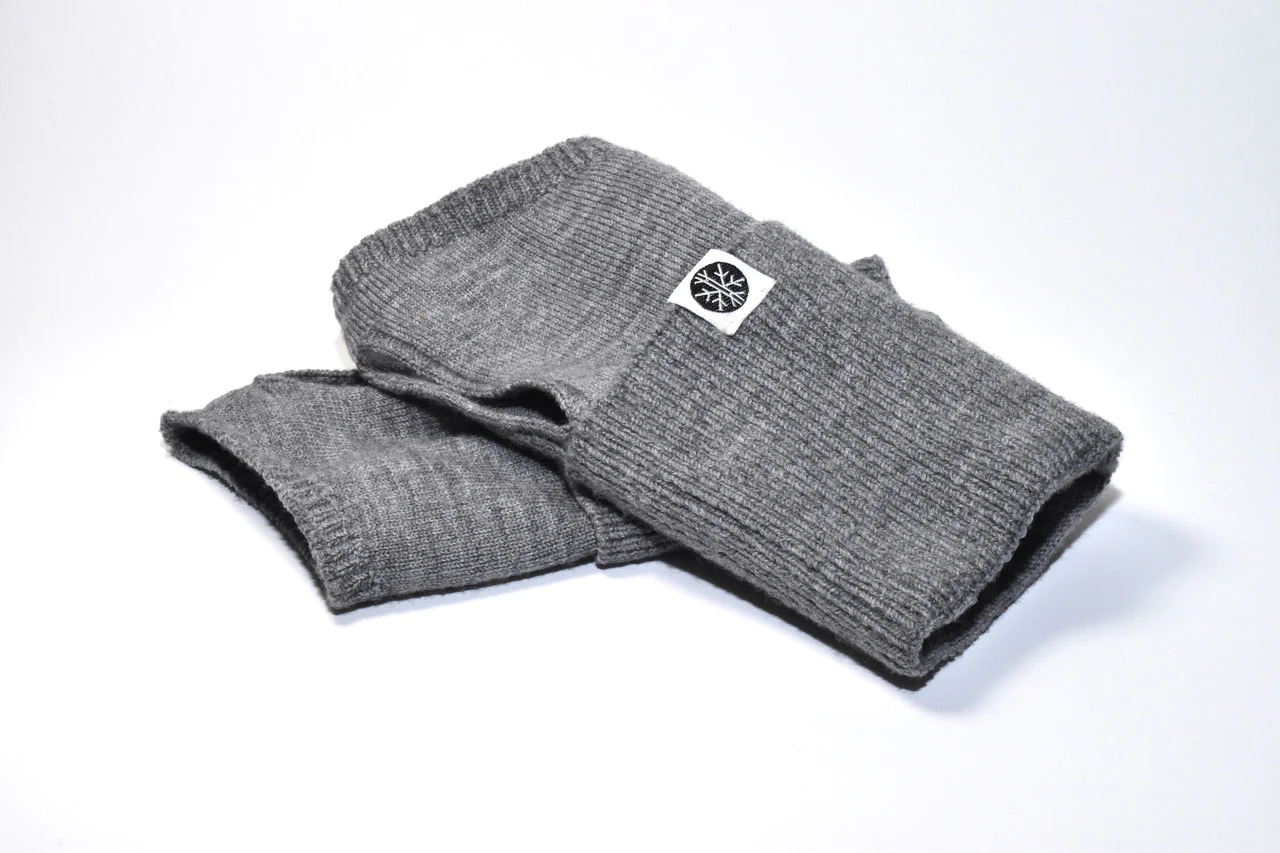
Hestra mittens: These are the gold standard, the best there is, and what my German former World Cup racer coach Kati wears. They are spendy, but they last.
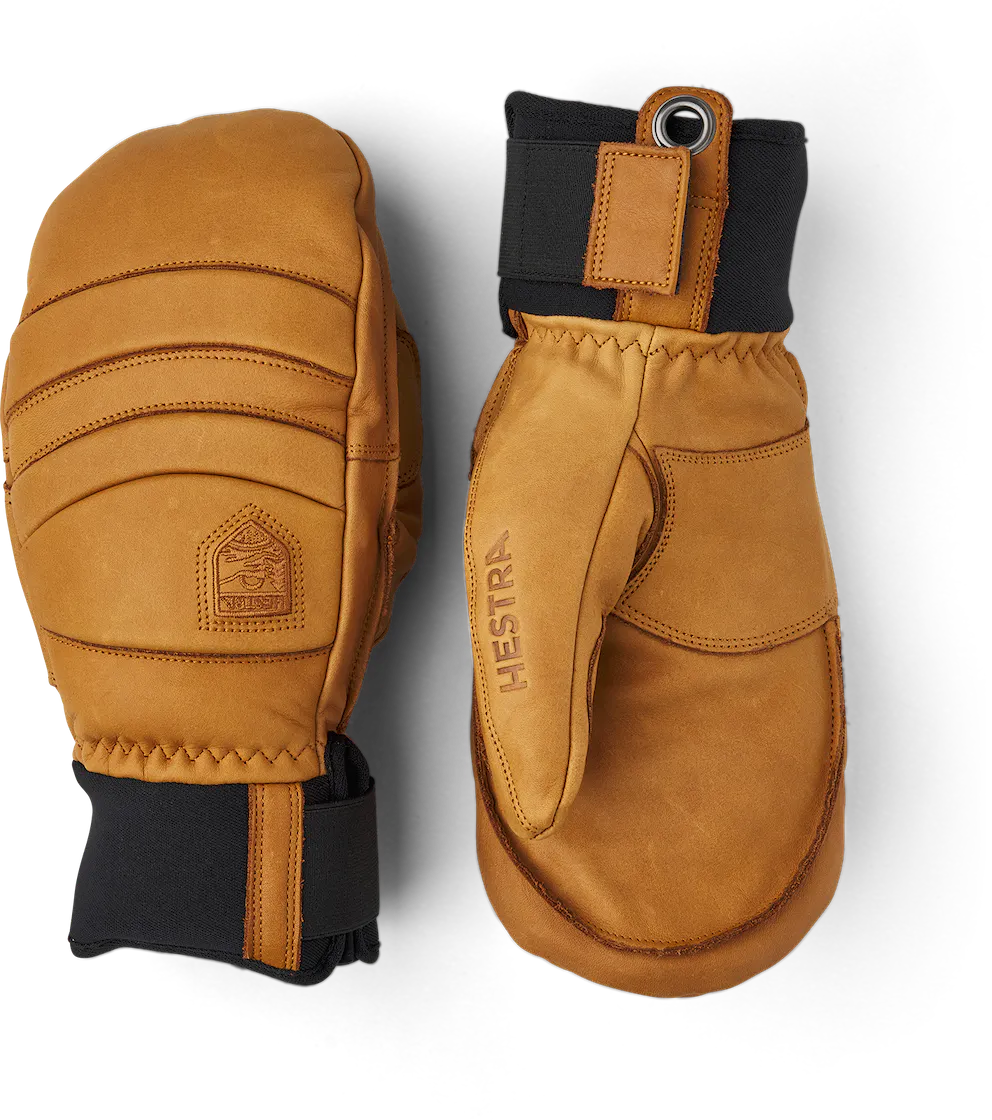
Leggings: Imbrace Ski Leggings. Similar to many of people, my knees have taken a beating. These help in a number of ways. First, they keep the knee joint warm, which helps with lubrication of the joint. Second, the way they wrap around the knee gives my knees support, which I find helps keep me skiing for a fun day. This company is in the UK, and the products have been designed in conjunction with 4-time Olympian Chemmy Alcott.
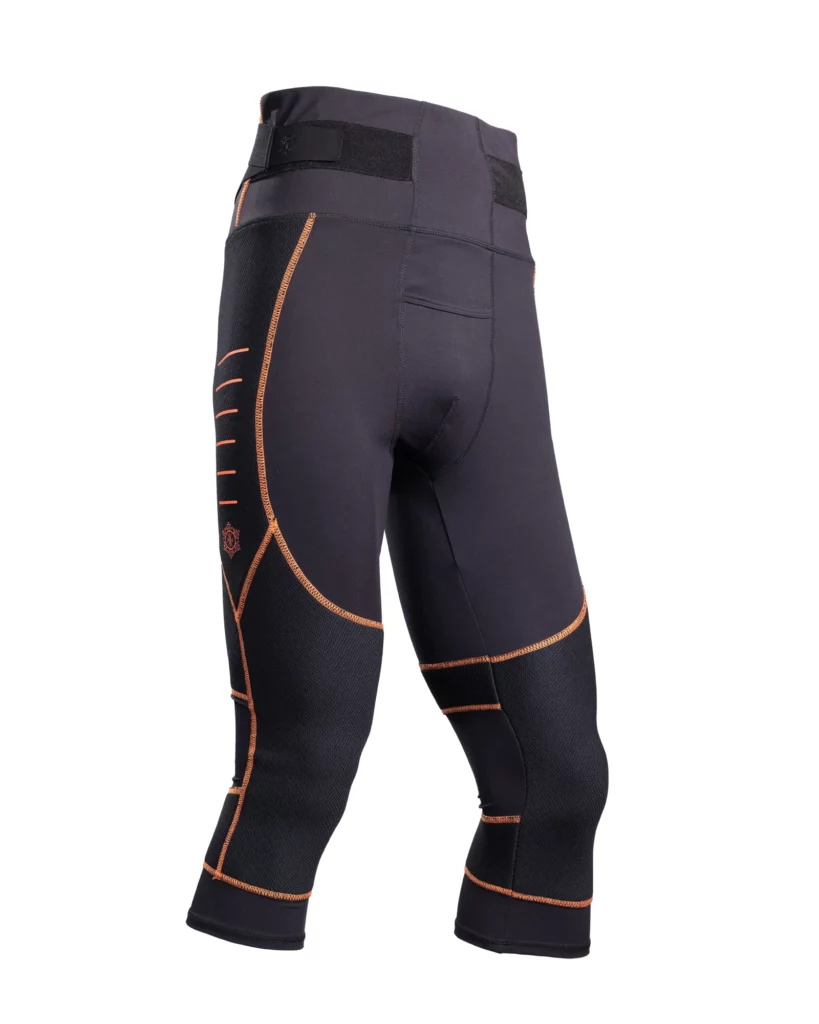
Base layers: Base layers: If it is under 30 degrees, I will go with a merino wool next to my skin, an Icebreaker 200 in a T-shirt and bottoms. Then, depending on the temperature, I will put on up to 2 more merino layers on top and bottom, with the last one being a long-sleeved zip neck top. If it is warmer, I will go for something like a Nike synthetic gym top next to my skin, and a Patagonia lightweight capilene on bottoms. On those days, the main thing is to wick away moisture as I will be perspiring and don’t want to be chilled later in the day.
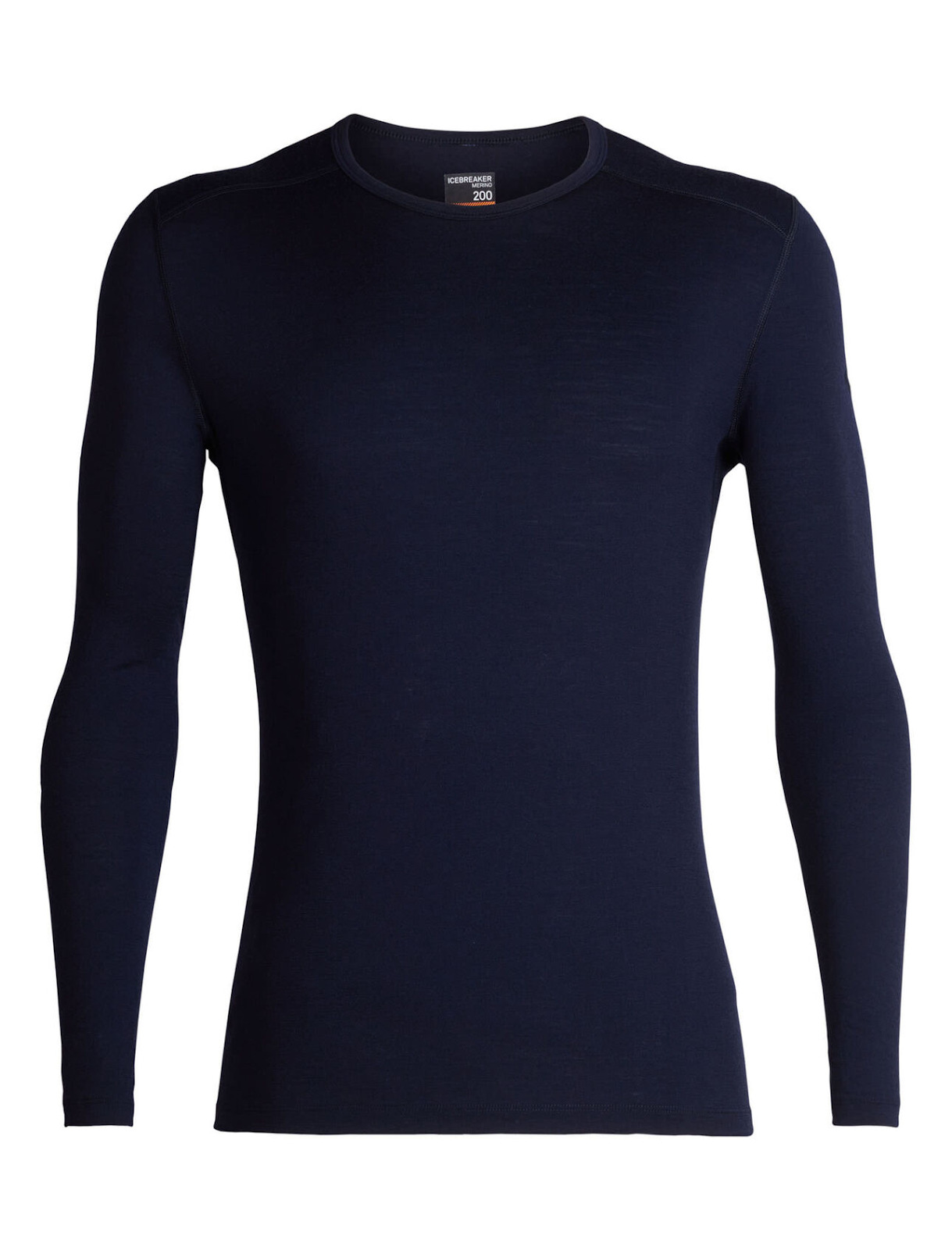
Jacket: OnyOne. I recently discovered this Japanese brand, which I have come to love. They are a favorite among the people who “demonstrate” such as the Projected Productions crew, which is where I first saw these outfits. The items have some stretchy, state-of-the-art technical materials that offer excellent thermal insulation, optimal breathability, and unbeatable waterproofing, plus they look super cool. I have a black and red one for most days, and a super bright yellow-green one that I wear when the visibility is low–one of my main cautions while skiing is getting hit by another skier
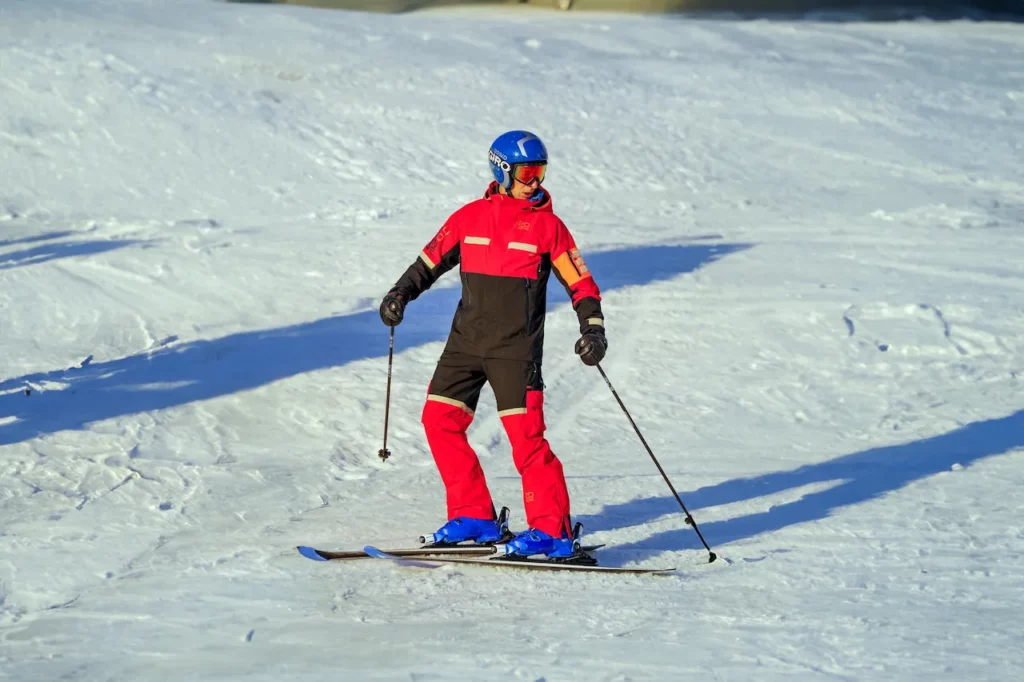
Pants: My day-to-day are part of my matching set by OnyOne. I have their bibs, which I originally thought would be too warm for most days, but because of the way the vents are, and the way the heat dispersing insulation is designed, they work great. They also look great. I almost feel like I ski better in them. Maybe.
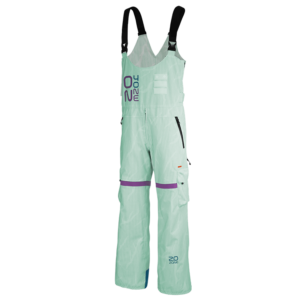
Midlayers: Icebreaker. I have t-shirts, mid weight tops, long underwear. and a heavy weight zip neck top. I got my first Icebreaker shirt about 15 years ago and it is still in great shape. The wool is comfortable on my skin, they don’t get smelly, and this stuff is seriously warm.
Neck & Head: Most everyone wears either a neck gaiter or balaclava under their helmet. I have these both in fleece for cold days and non-fleece for warmer days.
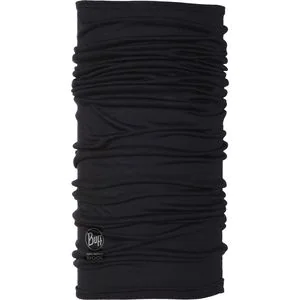
Layering: The main thing is to dress for the day you are having. My rule is: for every 10 degrees of temperature, either add or subtract a layer. Sun dramatically increases the warmth factor, and wind does just the opposite. There are some people I know that will ski in a down puffer daily, and if it is seriously cold or windy, they layer another puffer underneath.
Bindings: Safety first. What I don’t ever want is an injury. I use Look bindings with an SPX toe, which will release over 180 degrees. My main fear is pre-releasing while skiing. These bindings have excellent retention, and a wide range of elasticity, which will pull the boot back on center if it is jarred, keeping you in the ski when you need to be and not plastered onto a tree.
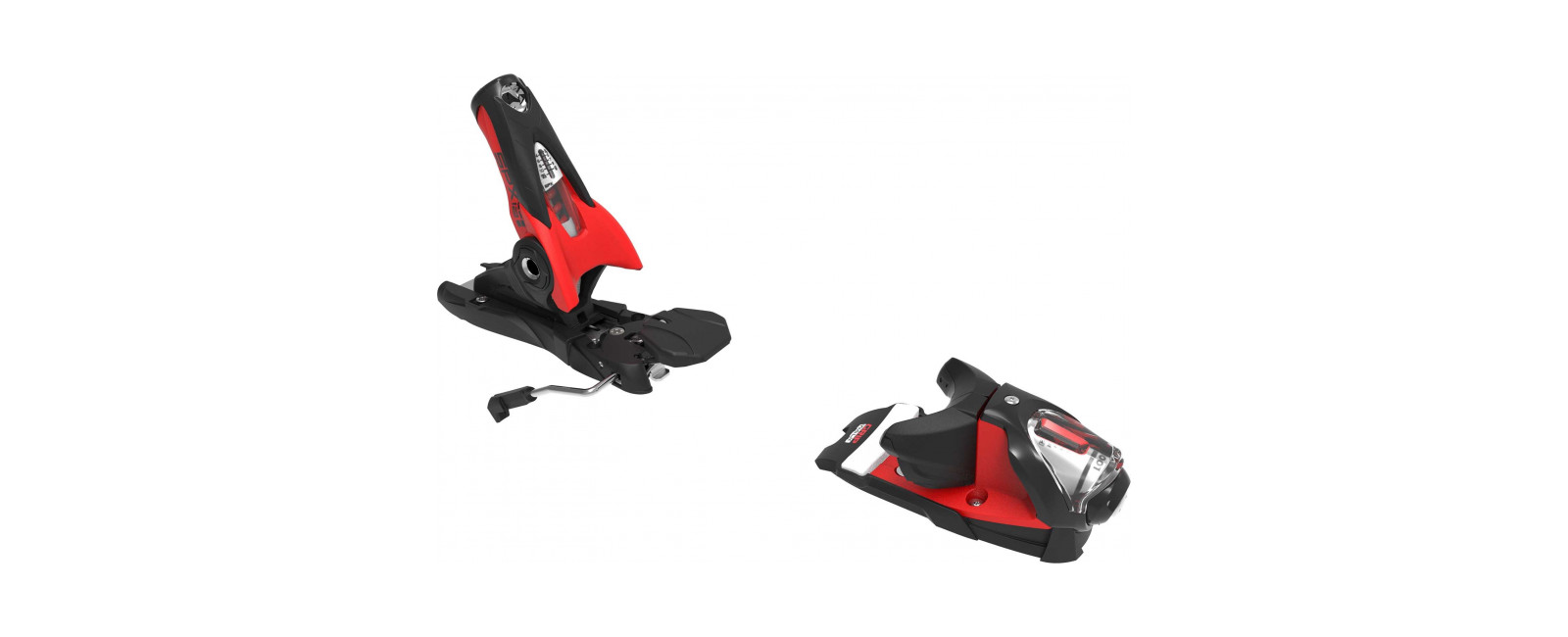
Goggles: I have a theory that as we age, our ability to manage low-contrast, flat light diminishes. All my fellow classmates in my age group, including the coaches, complain about the “Helen Keller effect” of flat light on cloudy days. My version of hell is a flat light day and steep, icy moguls. Terrifying to ski by feel in those circumstances. The younger people seem to have no idea what we are talking about. When it comes to goggles, Oakley makes perhaps the best, most innovative product in class. Smith and POC also do a solid job. The key here is to ensure the pair you choose comes with a low-light lens in addition to the everyday sun lens.
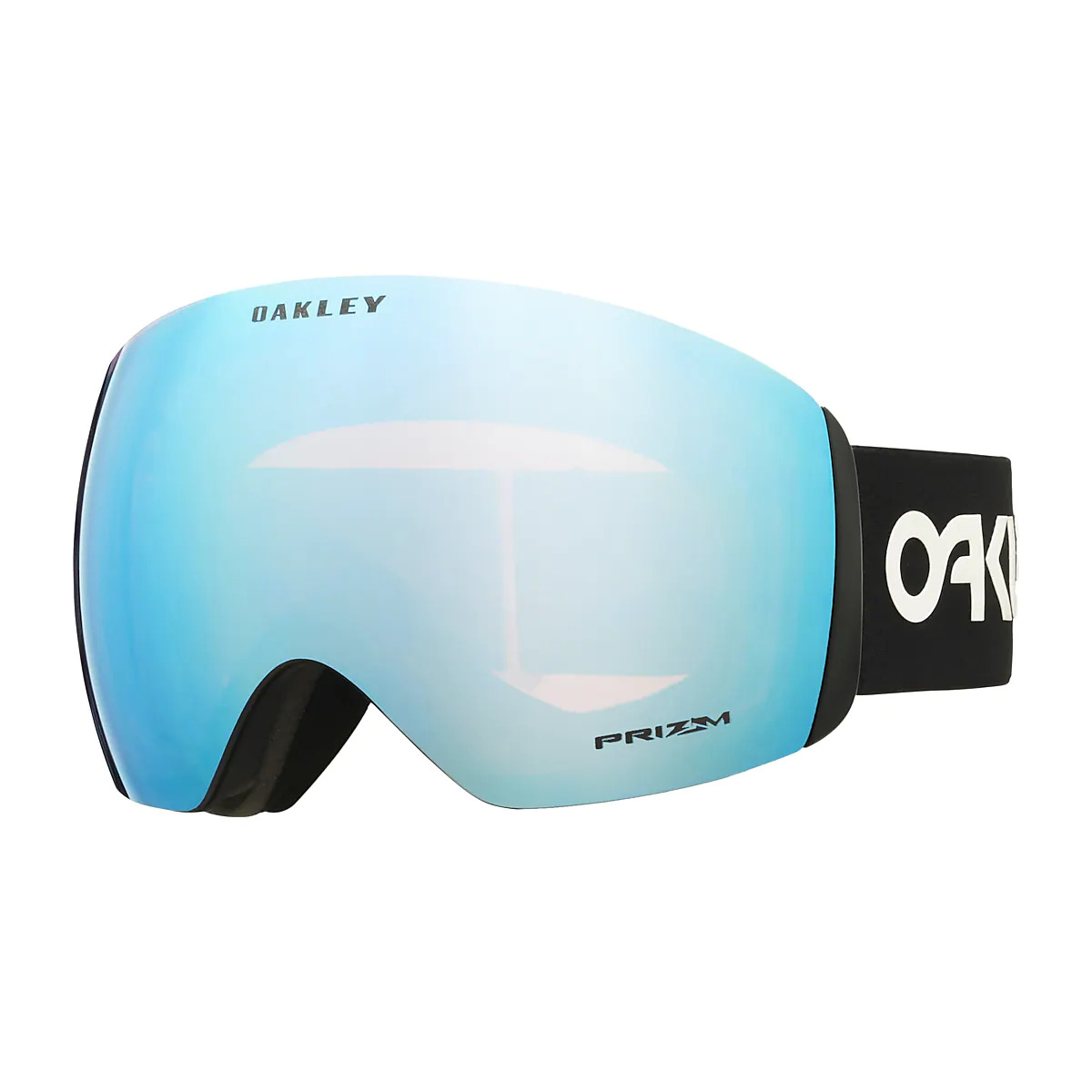
Skin: Skiing happens in a UV-intensive environment — high altitude and reflection off the snow mean unless you protect yourself, you are in for some serious radiation damage. If it is super warm and you think it is a good idea to ski without gloves, unless you sunblock your hands, I can assure you of having tomato-colored burning skin by the end of the day. Those kids that ski in swim outfits in spring? Painful. Just use a full spectrum mineral-based sunscreen on all exposed skin. Dr. Kelly, my fav dermatologist, has recommended this one from iS Clinical for my face:
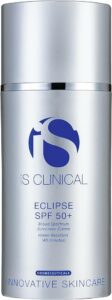
Hydration: Any activity in a high-altitude low-humidity environment is going to lead to accelerated loss of fluids. I drink 18 oz of water with LMNT before I go up the hill, and also carry an LMNT packet in my pocket for mid-day hydration. Many mountain professionals do the same. It will help prevent those headaches, help with muscle fatigue, and in general improve the mountain experience.
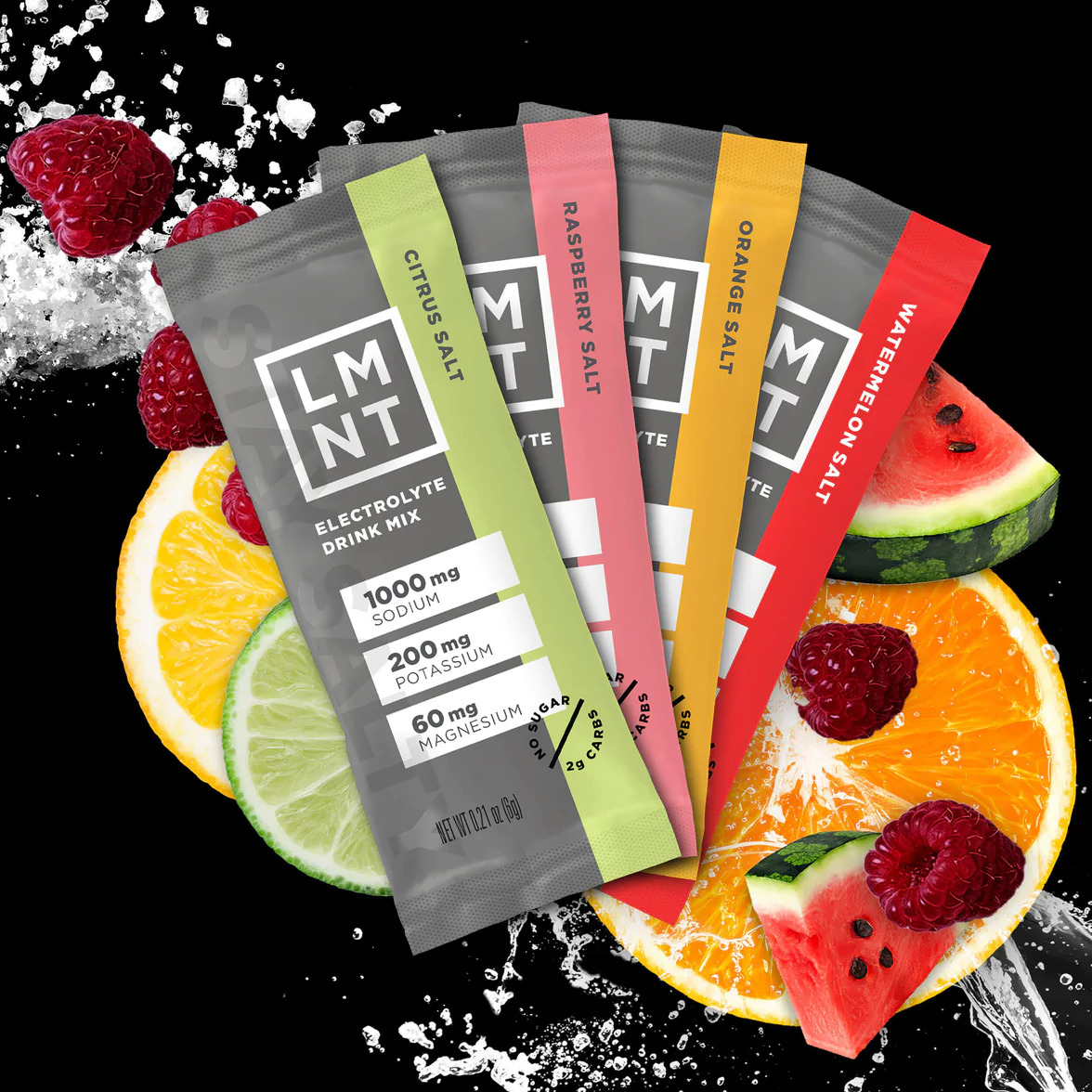




What about the promised racing results?
You posted about training.